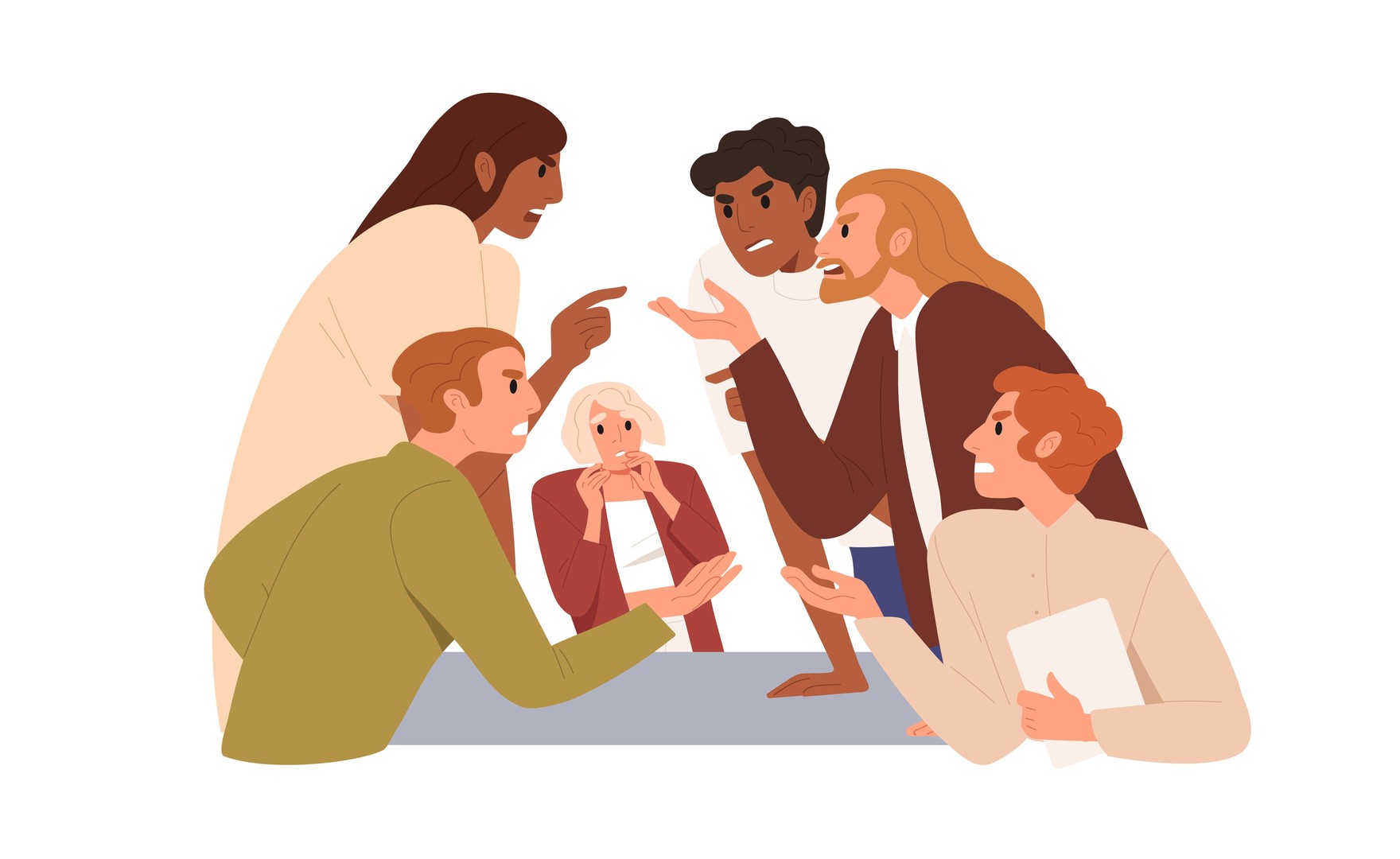If you would like to discover more about training as a team coach, the AoEC offers a choice of progammes.
The team coach diaries - exploring team dynamics through the lens of Wilfred Bion
16th May by Neil Atkinson
Reading time 2 minutes

We all do curious things when we’re under pressure.
Whether you get snappy with your partner, forget important meetings, or obsess about trivial details - we all have unhelpful reactions to stress.
Funnily enough, teams do too.
When I’m coaching teams, I’m always looking at what’s happening in terms of the team dynamic - the actions, reactions, habits, behaviours, and patterns that occur in every team. Some aspects are obvious (for example tension, collusion, or rapport between team members) and some are less obvious, with a lot happening beneath the surface.
I’ve noticed that when teams are under pressure, they tend to behave in one of several predictable ways.
Basic Assumptions
Wilfred Bion, a former British Army psychologist, conducted research into team dynamics back in the 1930s. It might be a long time ago, but his findings still provide the team coach with a useful insight into team behaviour.
Bion observed that typically, when a team experiences anxiety (perhaps due to change or pressure), they tend to react in one of three ways. He called these three categories: Basic Assumptions.
- The first of the three groups he coined the ‘Dependency Group’. This involves the team looking to the leader to save them from the situation, usually placing unrealistically high expectations on them, getting frustrated when they can’t meet those expectations, and then repeating the cycle if a new leader is brought in.
- The second group he observed was the ‘Fight or Flight Group’. Here, the team focuses their energy on finding a scapegoat. Instead of considering what they can do, they direct their energy towards an individual or group outside the team who they hold responsible instead. Note: You might recognise this scapegoating from the high levels of energy the team exhibit when talking about why person x or department y is to blame for their problems.
- The third and final group was called the ‘Pairing Group’. This is when the team focuses on the idea that they would only be rescued if two separate parties would unite to save them. The Pairing Group feels stuck and focuses their energy on hoping a combination of others working together will save them.
The Deflection Game
In each of these three groups, the team is trying to alleviate their anxiety by focusing their energy elsewhere and simultaneously absolving themselves of the need to take matters into their own hands. It’s an unconscious mechanism for avoiding responsibility.
As a team coach, I find this model helpful for providing a quick hypothesis when I notice a team under pressure and avoiding responsibility. Of course, how you then respond depends on the team in question, but my intention is generally to support them in recognising the pattern and exploring what agency they have to take matters into their own hands and step up to the challenge of resolving the challenges they face.
Team dynamics is an incredibly interesting and complex topic which a team coaching practitioner could spend a lifetime studying. Beginning to understand some of the fundamentals is an essential part of your team coaching learning journey.
We explore team dynamics in our team coaching training programmes, introducing some helpful models to help deepen your understanding.
If you would like to discover more about training as a team coach, the AoEC offers a choice of progammes.
Other
Video: Professor Peter Hawkins on Systemic Team Coaching
19th March 2024
Professor Peter Hawkins talks about how teams work systemically in organisations around his 5 discipline model and how group coaching…
Interview
Practitioner Diploma / “I was seeing the world differently through the conversations I had”
19th March 2024 by Lee Robertson
Boasting nearly 25 years of professional trading experience, Steve Goldstein held a diverse range of roles within investment banking businesses.…
News
AoEC Asia opens for business
19th March 2024 by Lee Robertson
The AoEC is pleased to announce its continued expansion with the launch of AoEC Asia which is being headed up…